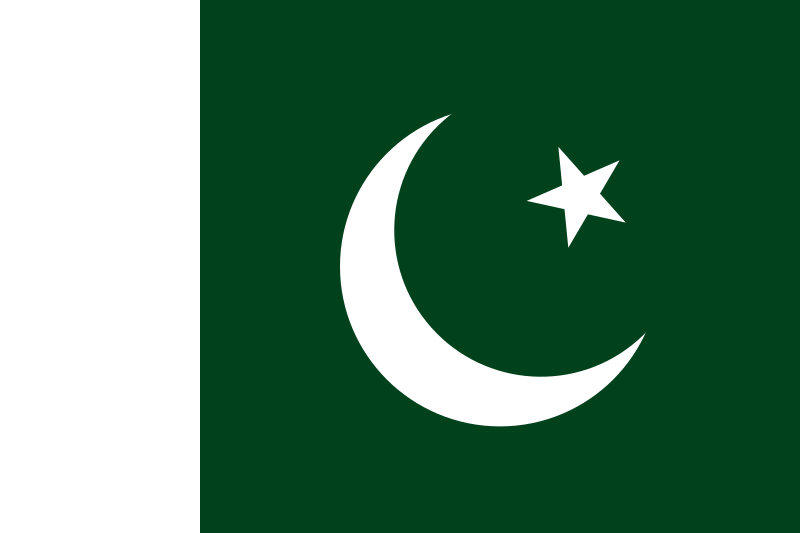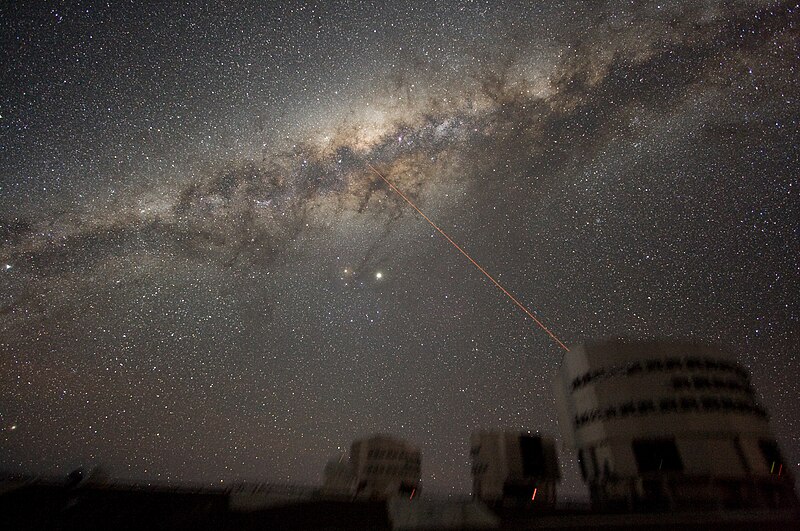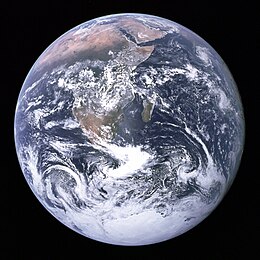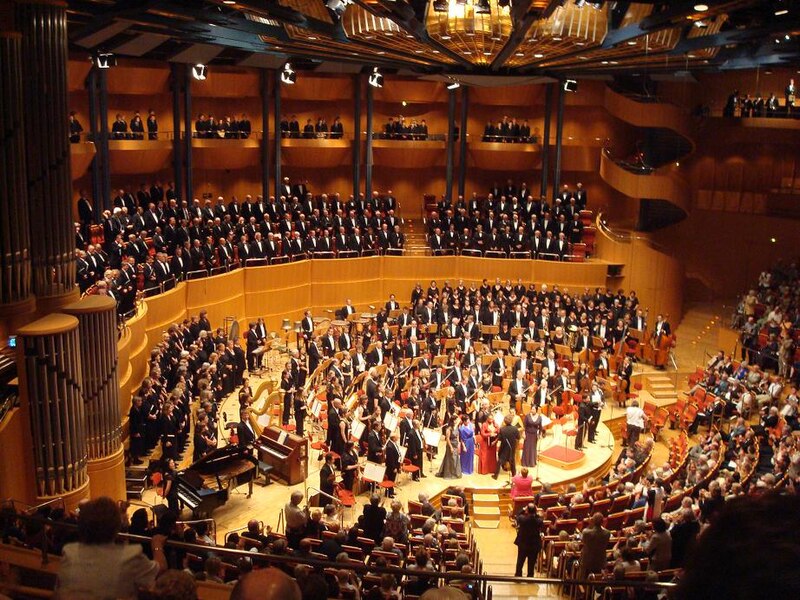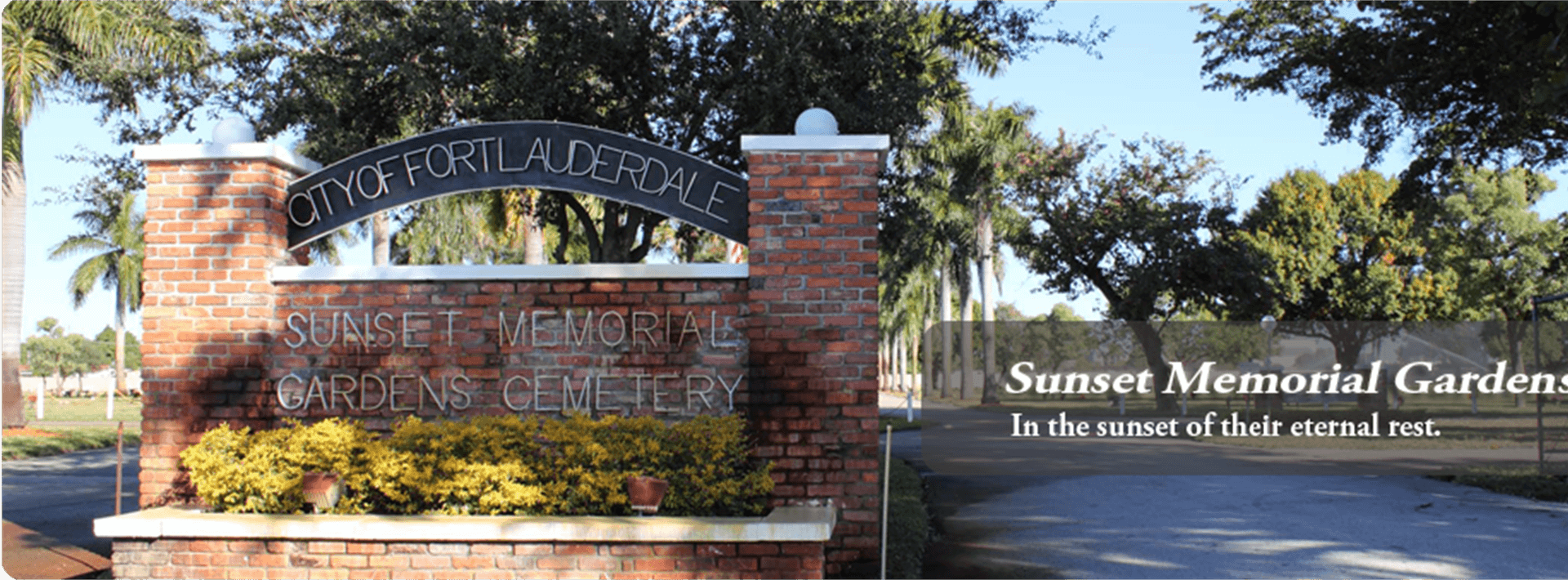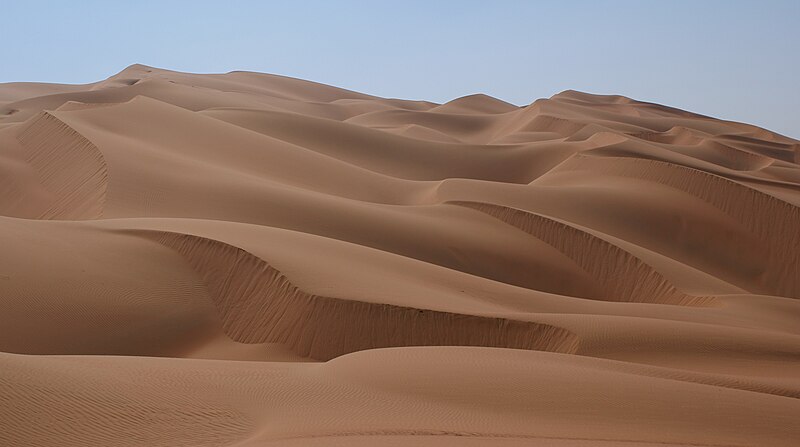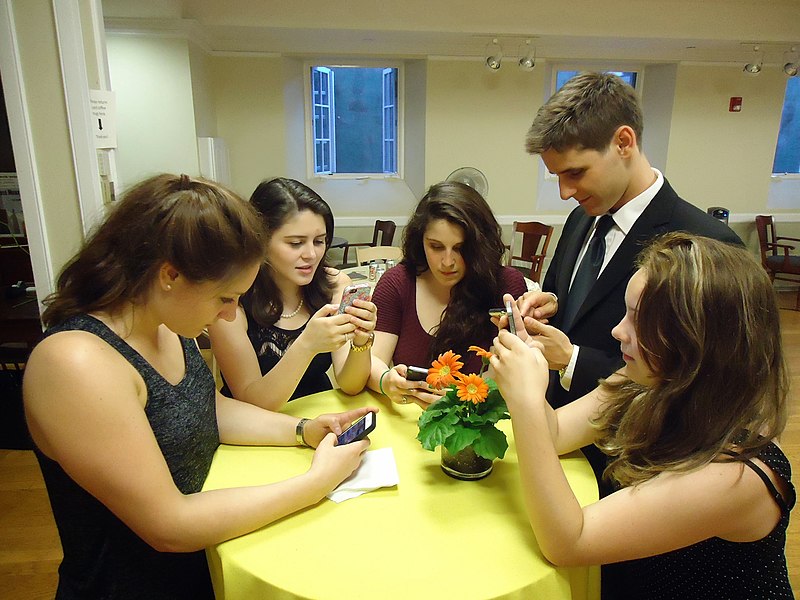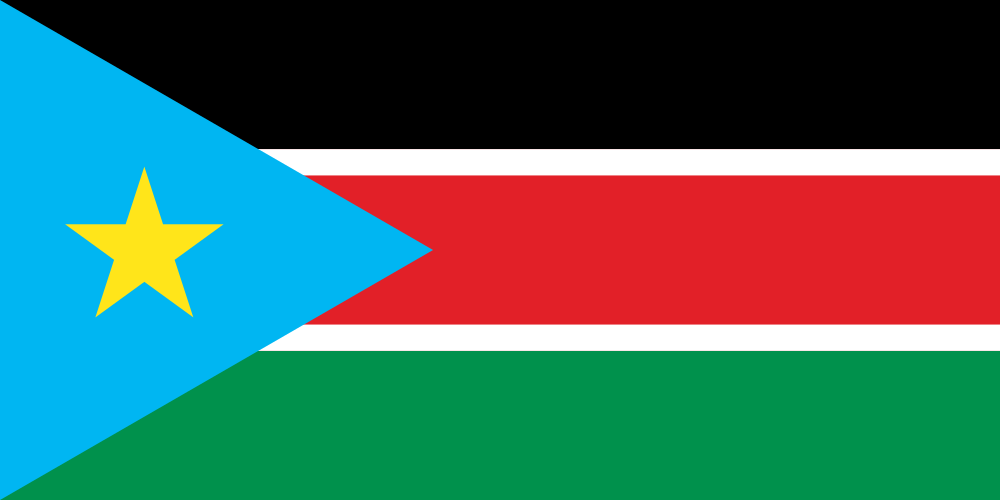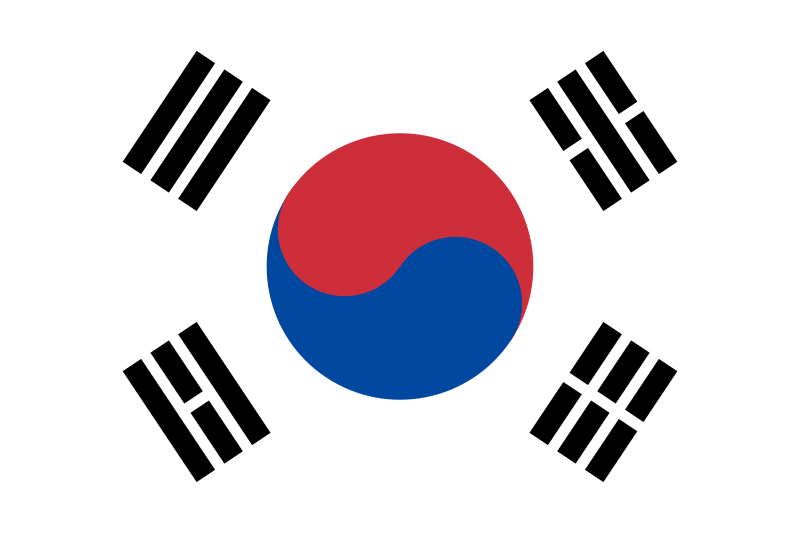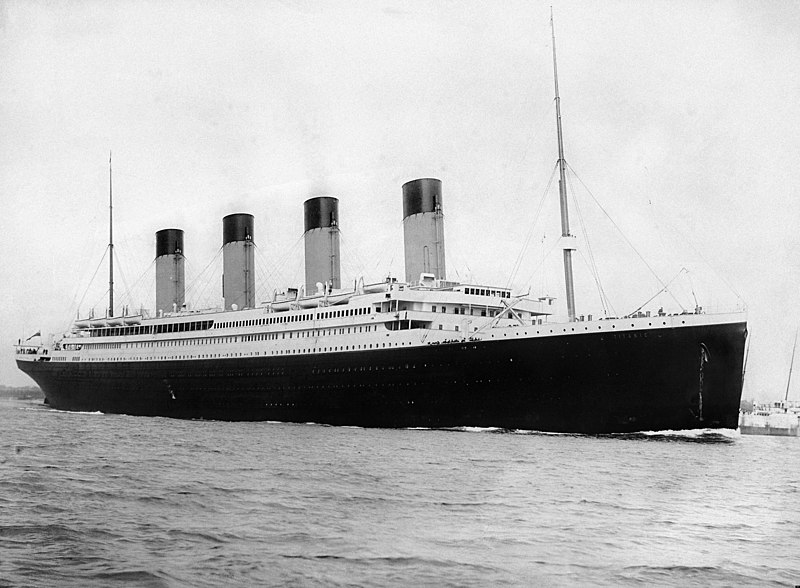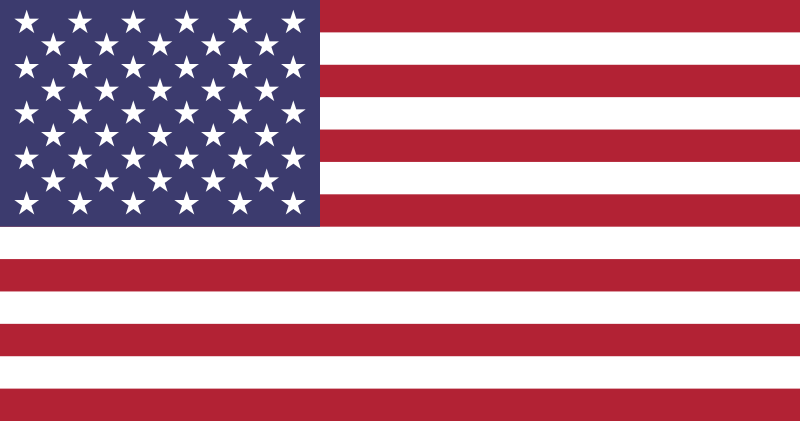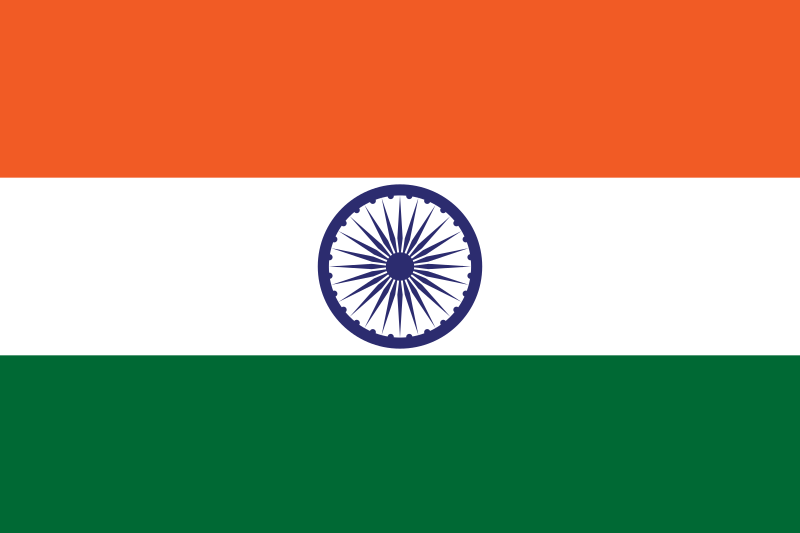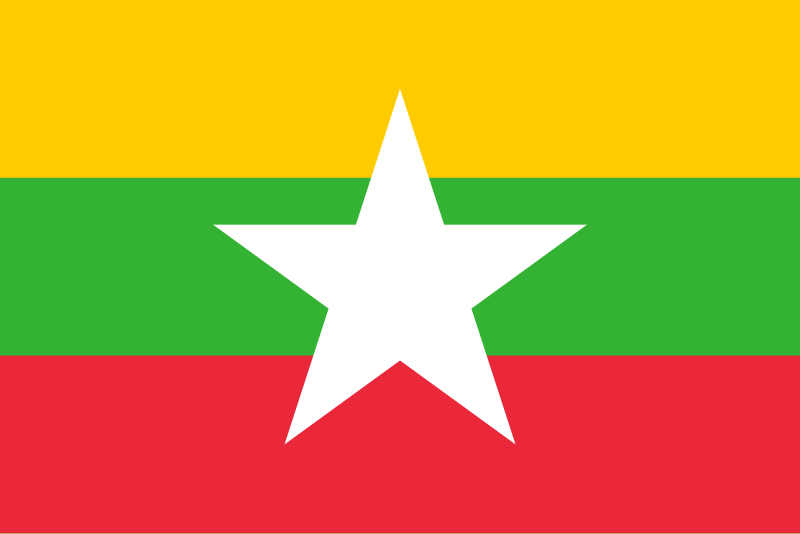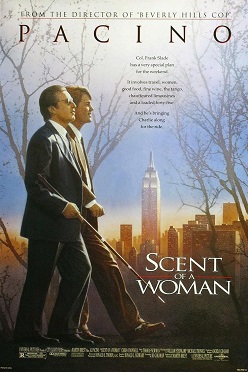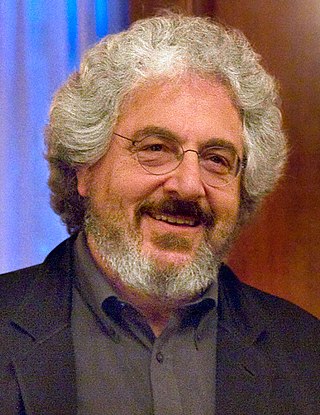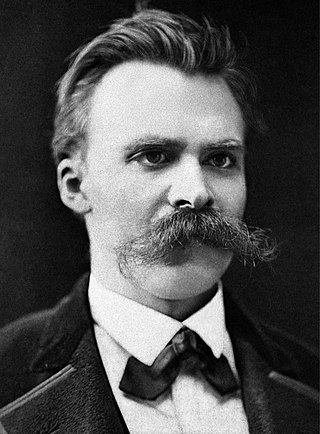Landschlacht, Switzerland, 22 February 2017
In pauper’s fields the daisies grow
There are no crosses, sadly, no
To mark the place beneath the sky
There is no singing from up high
Scarce heard beneath the ground below
These pauper’s fields.
We are the dead, some time ago
We lived, felt dawn, saw sunset glow
Loved and were loved, and now we lie
In pauper´s fields.
I have no quarrel with a foe.
To you from me: I failed, I know.
No time, no longer heads held high
Faith is broken, hope gone by
Memory won’t sleep, though daisies grow
In pauper’s fields.
(With apologies to John Mccrae)
Fort Lauderdale, Florida, 22 February 2017
“Ah, we’re drinking and we’re dancing and the band is really happening and the Johnny Walker wisdom running high…”
(Leonard Cohen, “Closing Time”)

For many, this city of nearly 175,000 represents Life.
Until the late 1980s, Fort Lauderdale was the college Spring Break destination.

However the college crowd has been replaced by a wealthier group of people.
Today it is known as an international yachting centre, although there is still plenty of partying in its clubs, bars and pubs by straights and the LGBT crowd.
(The gay community is thriving here with many gay-friendly hotels and guesthouses, their own library and archives, community centre and the World AIDS Museum and Educational Center.)

(AIDS does not discriminate, though some folks still make the erroneous connection between sexual orientation and this uncompromising disease.)
Fort Lauderdale is 28 miles / 45 km north of Miami and enjoys a tropical rainforest climate with little seasonal variation.

Most days the temperature remains above 24°C / 75° F with over 3,000 hours of sunshine per year.
(Though it must be said that the ideal time of the year to visit the Fort is from October to May.)
And this endless summer attracts over 12 million visitors a year, a 1/4 of them from other countries.
To serve all these visitors, Fort Lauderdale has over 130 nightclubs, 16 museums, 12 shopping malls, 63 golf courses, 4,000 restaurants, 46 cruise ships dock here regularly, over 560 hotels offer over 35,000 rooms, with 278 campsites when the rooms are filled (regularly a 72% occupancy rate), 100 marinas shelter over 45,000 resident yachts and the convention centre serves over 30% of the city’s annual visitors.
Like South Florida in general, Fort Lauderdale has many residents who can speak a language other than English, but English predominates.
Residents not serving visitors are probably engaged in making or maintaining boats as Fort Lauderdale is a major centre for yachts.
Nicknamed the Venice of America, Fort Lauderdale, with its many canals – 165 miles / 266 km extensive network of canals – and its proximity to the Bahamas and the Caribbean, the city serves as a popular yachting vacation spot and home port and its annual International Boat Show attracts over 125,000 people to the city each year.

For the nomad, Fort Lauderdale means a chance to find work as a deckhand or cook in exchange for exotic winds.
To beaches and palm trees of distant islands filled with folks dreaming distant dreams of escape from a hell of service to wealthy visitors for whom their islands whisper Paradise…
Few nomads see the Fort as the locals do.
As they search for work amongst the throngs of tourists, the locals work in firms with names uninspiring, such as AutoNation, Citrix Systems, DHL Express, Spirit Airlines, the National Beverage Corporation, Tenet Healthcare, American Express, the Continental Group, Motorola, Maxim Integrated Products, Gulfstream International Airlines, the Online Trading Academy…
Surrounded by wealth, the average worker grits his teeth and sweats his life away for the scraps these firms reluctantly relinquish.
He sends his children to one of 23 public schools and, if he can afford it, later to one of the 9 institutions of higher learning the Fort has to offer.
Getting around, for the rare person without a car, means hopping on a BCT (Broward County Transit) bus.
Getting away means the railroad or the airport.
Only the wealthy dock in Port Everglades, the nation’s 3rd busiest cruise port, Florida’s deepest port.

Only the wealthy use the international passenger ferry service to Freeport on Grand Bahama Island.
But baby you can drive my car out of the Fort upon one of the three major interstate highways leading into the city.

Akin to other US cities, the Fort has fire and police services, hospitals and ambulances, churches and cemeteries, serving the city´s 13 municipalities divided into 90 distinct neighbourhoods.
Do not mistake the Fort for Paradise.
Despite its many attractions, despite its tropical climate, despite the wealthy who come to play, summer is hot and humid rife with folks collapsing with heat exhaustion and concerned by wayward hurricanes, winter is dry with the threat of brushfires and heavy afternoon thunderstorms.
And the Fort has had hard environmental lessons to learn.
Off the coast the Osborne Reef was an artificial reef made of discarded tires intended to provide a habitat for fish while simultaneously disposing of trash from the mainland.

But the ocean decides for itself how it is to be governed.
The nylon straps used to secure the tires wore out, cables rusted, tires broke free.
The tires then migrated shoreward and ran into a living reef, killing many things in their path.
Thousands of tires continue to wash up on nearby beaches during hurricane season, though local authorities along with the Army, Navy and Coast Guard may have removed the 700,000 tires by the time these words are read.
Yet folks still decide to come here, still decide to live here.
Depending on the season the demographic picture changes.
Winter and early spring in Florida, a land of gentle breezes where the peaceful waters flow, attracts the snowbirds – tourists from the northern United States, Canada and Europe.

This Venice of America used to be dubbed Fort Liquordale because its beaches, bars and nightclubs back in the 1960s and 1970s attracted tens of thousands of college students for Spring Break.
But the city has actively discouraged college students from visiting the area since the mid-1980s passing strict laws aimed at preventing the mayhem and madness that regularly occured every year during Spring Break.
Where over 350,000 students used to party, now only 10,000 do so.
The Fort wants to be known as a resort town, a host city, a hub of arts and entertainment, of sports and culture.
Fort Lauderdale is home to the Riverwalk Arts and Entertainment District (that runs from the beach to the heart of downtown, from the Broward Center for the Performing Arts to the Elbo Room Bar on Fort Lauderdale Beach) and the Langerado Music Festival.
Lockhart Stadium is the home of the Strikers soccer team and the Florida University Owls football team.

The New York Yankees, the Baltimore Orioles and the Kansas City Royals all once conducted baseball spring training at Fort Lauderdale Stadium.

Fort Lauderdale is home to the Aquatic Complex, part of the International Swimming Hall of Fame.
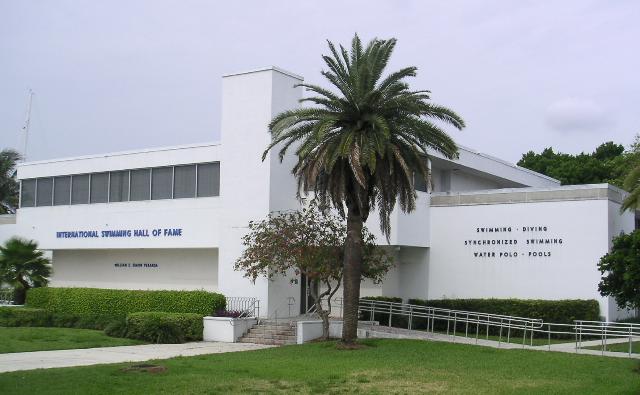
The Complex open to Fort Lauderdale residents has also been the venue for many different national and international swimming competitions since 1965.
Ten world records have been set there, the latest being Michael Phelps’ 400-metre individual medley of 2002.

Above: Olympic swimming champion Michael Phelps (born 1985)
Fort Lauderdale is a place where a visitor finds it hard to be bored.
Here one can find the Swap Shop, a large indoor/outdoor flea market and the site of the world’s largest drive-in movie theatre with 13 screens.

The Hugh Taylor Birch State Park offers nature trails, camping, canoeing and picnicking.

The Museum of Art has works from the Cobra art movement (Copenhagen, Brussels and Amsterdam) as well as collections of Cuban, African and South American art.
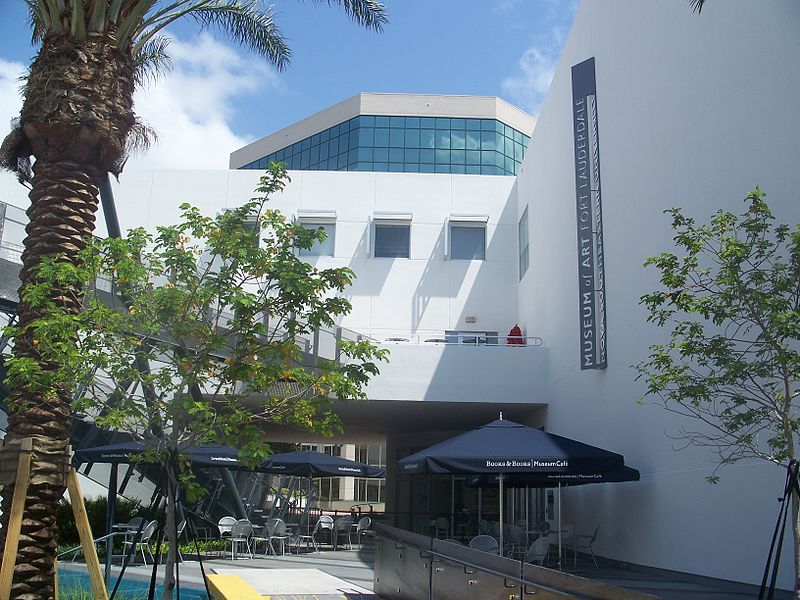
The Museum of Discovery and Science has amazing exhibits, including an IMAX theatre.

Ten miles west and the #2 tourist destination in Florida is Sawgrass Mills Mall with more than two miles of outlets for such stores as Saks Fifth Avenue, Neiman Marcus, Disney, Kenneth Cole, Tommy Hilfinger, Gap and Polo Ralph Lauren.

(Perhaps even Ivana Trump?)
And for the history buff, Fort Lauderdale offers the Old Fort Lauderdale Museum of History (that covers the history of Fort Lauderdale and Broward County, including exhibits of native Seminole folk art and baseball)…

Stranahan House (the oldest building in the city, originally built as a trading post)…

…the Benjamin “Bugsy” Siegel House, the residence of the infamous gangster (1906 – 1947)….


…and Bonnet House (a beautiful historic estate near the beach with a nature trail, tours and tropical plants both native and imported).

Life: throbbing, authentic, vibrant, day and night.
Such is Fort Lauderdale.
But for me, Fort Lauderdale represents death.
This was the site where the native Tequesta tribe failed to stop the encroachment of white settlers who brought with them diseases to which the native population possessed no resistance.
This was the site of a massacre at the beginning of the Second Seminole War where Anglo settlement had pushed the Seminole tribes south from Alabama and threatened to push them out of their new homeland by the establishment of the New River Settlement (present day Fort Lauderdale).
During this War, Major William Lauderdale led his Tennessee Volunteers into the area and erected a fort on the New River in 1838.

Above: Statue of Major William Lauderdale in Davie, Florida, the site of the Battle of Pine Island Ridge, 22 March 1838
Lauderdale left after a month, his fort was destroyed by the Seminoles a few months later, his name remained.
After the end of the Seminole War in 1842, the remaining Seminoles withdrew to Pine Island and only a handful of settlers lived in what would become known as Broward County.
The hurricane of 1926, with the highest sustained winds ever recorded in the state of Florida, killed 50 people and destroyed over 3,500 structures in the city.
Just as the city was beginning to recover, in 1928 another devastating hurricane struck Florida and though Fort Lauderdale was only slightly damaged, the enormous death toll to the north in Palm Beach County, contributed to the perception that Florida was not real estate development heaven.
When the Great Depression struck in 1929, Fort Lauderdale never knew it, for it was already in a depression from the real estate bubble burst caused by the two hurricanes.
The United States didn´t enter World War II until 1941, but Fort Lauderdale felt the effect of the War sooner than most of the country.
In December 1939 a British cruiser chased the German freighter Arauca into Port Everglades, where she remained until 1941 when Germany declared war on the US and the US seized the vessel.
The Japanese attack on Pearl Harbour and the US entry into the War had immediate effects on the city.
Blackouts were imposed and several Allied vessels were torpedoed by German U-boats, including one ship within sight of the shoreline.
The first Medal of Honor recipient in World War II was a graduate of Fort Lauderdale High School.
By mid-1942, Fort Lauderdale would find itself with the US Navy Air Station Fort Lauderdale.
By the end of the War, the Station had trained thousands of Navy pilots, including the first President Bush.

Above: George H. W. Bush, 41st US President (1989-1993)(born 1924)
On 5 December 1945, the five planes of Flight 19 departed on a routine training mission from NAS Fort Lauderdale.

They were never seen again.
No wreckage was ever found.
The strange disappearance of Flight 19 and the coincedental explosion which destroyed Training 49, a plane involved in a search for the missing squadron, have contributed to the Bermuda Triange myth.

NAS Fort Lauderdale closed in 1946, becoming Broward County International Airport.
Commercial flights to Nassau began in 1953 and domestic flights began in 1958.
In 1959 the airport opened its first permanent terminal building and renamed itself the Fort Lauderdale – Hollywood International Airport.

Today the Airport (FLL) has five terminals, serving 31 passenger airlines and four cargo air services flying to a multitude of domestic and international locations.
Death has been felt here as well.
On 7 July 1983, Air Florida Flight 8, with 47 people on board, en route from Fort Lauderdale to Tampa was hijacked.
One of the passengers handed a note to one of the flight attendants, saying he had a bomb, and telling them to fly the plane to Havana.
He revealed a small athletic bag, which he opened to reveal an explosive device.
The plane was diverted to Havana’s José Marti International Airport.
The hijacker was taken into custody by Cuban authorities.
On 19 November 2013, an Air Evac International Learjet 35 crashed shortly after take-off en route to Cozumel, Mexico, leaving four people dead.
Fort Lauderdale – Hollywood International Airport, 6 January 2017
“And everybody knows that you’re in trouble. Everybody knows what you’ve been through, from the bloody cross on top of Calvary to the beach of Malibu. Everybody knows it’s coming apart. Take one look at this sacred heart before it blows. And everybody knows.” (Leonard Cohen, “Everybody Knows”)
Terminal 2, known as the Delta Terminal or the red terminal, has one concourse and nine gates, the Delta Airlines Sky Club (one of only six in Florida) and is used by Delta Airlines and Air Canada.

A shooter opened fire with a Walther PPS 9-mm semi-automatic pistol in Terminal 2’s baggage claim area at about 12:55 pm.
Travellers rushed out of the airport and hundreds of people waited on the tarmac as numerous law enforcement officers rushed to the scene.
Former White House Press Secretary Ari Fleischer tweeted from the Airport:

“Shots have been fired. Everyone is running.”
The shooting lasted about 70 to 80 seconds.
The shooter lay down on the ground after he stopped shooting, having run out of ammunition.
Law enforcement officers did not fire shots.
The gunman was arrested without incident.
Five people died in the attack, all of whom were passing through Fort Lauderdale to begin cruises with their spouses.
Six people were injured by the shooting, three admitted to intensive care units.
40 people were injured in the panic to escape from the shooting.
The American Red Cross assisted 10,000 passengers, bussing them to Port Everglades for food, shelter and transportation connections.

The Airport closed for the rest of the day.
Following the shooting, more than 20,000 pieces of luggage were left at the Airport amid the choas.
Flags of the United States and Florida were flown at half-mast throughout the state on the following two days to honour the fallen.


Esteban Santiago-Ruiz (born 1990), a 26-year-old resident of Anchorage, Alaska and a military veteran of the Iraq War, was arrested immediately after the shooting.

According to investigators, Santiago flew from Anchorage on a Delta flight through Minneapolis.
He checked a declared 9-mm pistol in his baggage before retrieving it in Fort Lauderdale and loaded the gun in an airport bathroom just before the attack.
It remains unclear why the attack occurred.
Though the proliferation of guns in America makes incidents of this kind sadly not surprising.
Federal officials are seeking the death penalty against Santiago and he has been charged with 22 federal law violations.
No links with terrorism have been proven.
According to his family members, Private Santiago had become mentally ill by seeing a bomb explode near two of his friends while he was in service in Iraq.
A man who had seen death up close brought death with him to Fort Lauderdale.
Fort Lauderdale, Florida, 19 January 1971
“Oh, the sisters of mercy, they are not departed or gone. They were waiting for me when I thought that I just can’t go on. And they brought me their comfort and later they brought me this song. Oh, I hope you run into them, you who’ve been travelling so long. Yes, you who must leave everything that you cannot control. It begins with your family, but soon it comes round to your soul. Well, I’ve been where you’re hanging. I think I can see how you’re pinned. When you’re not feeling holy, your loneliness says that you’ve sinned.”
(Leonard Cohen, “The Sisters of Mercy”)
For four long years, a waitress battled cancer.
She too was a snowbird, born in Manhattan, raised, married and divorced in Montreal, Genevieve – “Jenny” to her friends and family and preferred by herself – was only 34.
Yet those had been a full 34 years, for she had given life to six children – four boys and two girls.
Her youngest, a boy, would have been six years old in four months’ time.
Jenny had dreams of being a singer and still smiled when she remembered performing on local stages with her family band before she married the man who had changed her life for better and for worse.
But the secrets of her heart she did not reveal to the staff of the Holy Cross Hospital, run by the Sisters of Mercy.

She did not give the name of her divorced husband nor mention her children to the staff of the hospital or to her social worker.
Perhaps good Catholic girls confess only to their priests.
She was just a patient among hundreds.
Since migrating down to Florida, Jenny had taken work as a waitress.
But health care in America, then as now, was expensive, and the salary of a waitress, then as now, was insufficient.
Social assistance was needed which entailed a social worker.
Jenny was admitted into the hospital just before New Year´s Eve.
She slipped into a coma and died at 05:30 just before dawn.
She was buried four days later in Sunset Memorial Garden Cemetery.
Buried in an open field, which in spring is covered by daisies and dandilions, designated paupers’ field reserved for those without anyone to pay for a burial plot or headstone, it appears that Jenny died alone.
Fort Lauderdale, Florida, 31 December 1988
“Like a bird on a wire, like a drunk in a midnight choir, I have tried in my way to be free.” (Leonard Cohen, “Bird on a Wire”)
It had been a long journey of many miles and many years, but I would finally be “reunited” with a mother I no longer remembered.
For years I had known nothing about my origins, save that my family name differed from the surnames of the foster parents who had raised me for a decade.
I had, through painstaking effort, retraced the documents that detailed my life prior to my stewardship with my foster parents, and the paper trail would find me travelling from Ottawa to New Brunswick to Montreal to Manhattan to Fort Lauderdale.
I, like my mother before me, did not possess great wealth, so much of my journey was done by thumbing rides and obtaining shelter and food through charity.
I was not reluctant to work, but what work I was qualified to do would have required many months, possibly years, before I could afford to travel without assistance.
And questions too long gone unanswered now drove me impatiently to the road.
Two days ago in Jacksonville, I received my mother’s death certificate from the Florida Office of Vital Statistics.
Now I stand in the cemetery´s caretaker office enquiring where my mother´s remains rest.
He informs me that there is no headstone, that she is buried in an unmarked grave in a pauper’s plot.
The ground is dusty and barren.
The tufts of grass that remain are yellow and brown.
Is this how I am to remember the woman who gave me life?
A few faded black-and-white photographs given reluctantly by the man whose surname I bear and a dry abandoned corner of a faraway cemetery?
According to him, Jenny had left husband and children behind as she was desperately unhappy, but she clung to her newborn son.
For this they never forgave her nor, I would learn later, me.
Out of sight, out of mind.
Now she is only a name on scattered certificates in registeries in Montreal, New York City and Jacksonville.
Unloved, unmourned, forgotten.
Is this the sum of a person’s life?
I stare at the ground which remains stubbornly mute and unresponsive.
Moments feel like eternity.
I look up in frustration at my inability to reconcile this empty field with the years of searching, both within myself and across the breadth of two countries.
I feel cold despite a Floridan winter warm by comparison to Canada.
A chain link fence surrounds the cemetery.
On the other side of the fence stands a factory.
Upon its back wall a painting of a mother holding a laughing baby beneath the words “Baby Love”, a producer of baby food and disposable diapers sold worldwide.

I find myself upon my knees in the dirt of this plot of land rarely visited and tears flow down without warning, without rationale.
There is no comfort to be found in this field.
There are no answers to be found here.
The dead below lack a voice, lack awareness, lack even identity itself.
I dry my eyes, return back to the caretaker to thank him for his assistance and keep my sorrow hidden even from myself.
Landschlacht, Switzerland, 22 February 2017
Years have passed since I said goodbye to Fort Lauderdale.
Weeks have passed since the airport shooting that reminded me of death in Fort Lauderdale.
I realise that it has been these recollections that made me quiet and reflective in my expression of thought and feeling these past few weeks.
Perhaps it is in coming to terms with mortality that we begin to discover the meaning of life.
Not that it ends, but that it is precious and should not be wasted.
I hope I can return one day to Fort Lauderdale and see the city through the eyes of a tourist and sample life there in all of its richness and fullness.
I hope to return to pauper’s field of Sunset Memorial one day and whisper into the tropical breeze a “thank you” to the remains of a woman who gave me birth, knowing she cannot hear the words but knowing I need to say those words to give a meaning to her life, a meaning to my life.
I hope that the families and friends of those that fell to the gunfire of an ill man in an airport baggage claim can find solace in the memory of how those departed made a difference to their lives.
And I hope that in my own humble way that I too will leave this world one day remembered for the way I made a difference in the lives of others.
Maybe if there is an afterlife I will wake to find Heaven resembles Fort Lauderdale.
As a snowbird Canuck, I think I would like that.
“Beneath this snowy mantle cold and clean, the unborn grass lies waiting for its coat to turn to green. The snowbird sings the song he always sings
and speaks to me of flowers that will bloom again in spring. When I was young, my heart was young then, too. Anything that it would tell me,
that’s the thing that I would do. But now I feel such emptiness within,
for the thing that I want most in life’s the thing that I can’t win.”
(Anne Murray, “Snowbird”)















![Black Standard flag[1]](https://upload.wikimedia.org/wikipedia/commons/thumb/2/28/AQMI_Flag_asymmetric.svg/800px-AQMI_Flag_asymmetric.svg.png)

